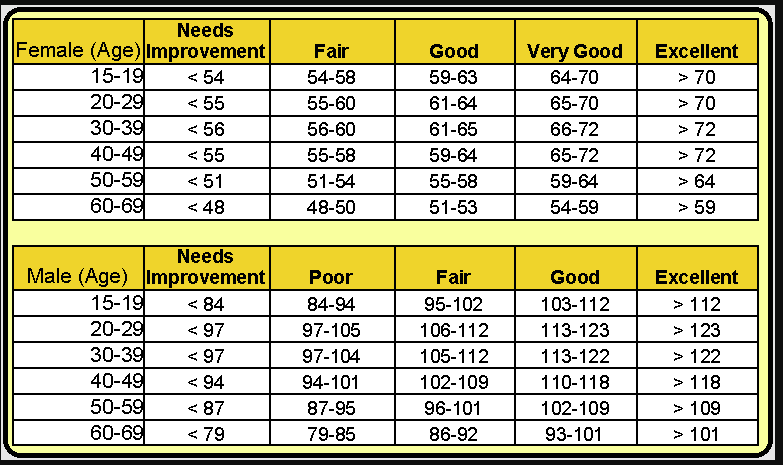Why We are NOW Including Grip Strength in Your Baseline Consultation
At MitoCore, every baseline assessment is designed to uncover how your body is truly functioning, not just how it feels. One of the simplest yet most insightful measures we use is grip strength.
Grip strength isn’t just about how firmly you can squeeze a dynamometer. It’s a simple, non-invasive test that reflects your muscle strength, bone density, metabolic resilience, and nervous system integrity. Because it’s influenced by both muscle quality and neural activation, it provides a direct window into cellular and mitochondrial function.
Why Grip Strength Matters
Research consistently shows that lower grip strength is associated with:
Reduced muscle mass and bone density
Slower metabolism, increased frailty, and loss of functional independence
Higher risk of cardiovascular disease and all-cause mortality
Cognitive decline and reduced quality of life in later years
At MitoCore, we value grip strength because it integrates multiple body systems. A weak grip may indicate early mitochondrial inefficiency, low muscle mass, poor nutrient status, or neurological stress — all of which we can objectively address through testing and targeted interventions.
Grip Strength and Brain Function
Recent research has demonstrated a strong link between physical strength and cognitive performance. Individuals with higher grip strength show:
Better verbal reasoning, memory, and processing speed
Greater grey matter volume in the brain regions associated with learning and motor control
Lower rates of depression and anxiety
This connection reflects the way the motor cortex and cognitive centres of the brain communicate. When muscles contract, they release myokines such as BDNF (Brain-Derived Neurotrophic Factor), which support neuroplasticity and healthy brain ageing.
In short, stronger muscles help sustain a sharper mind.
How We Use Grip Strength at MitoCore
Baseline functional marker – provides an at-a-glance picture of cellular energy and neuromuscular coordination.
Tracking tool – measurable improvements over time show the impact of your personalised program.
Predictive indicator – low grip strength can signal early decline in mitochondrial performance, cognitive function, or metabolic health.
Motivational feedback – clients enjoy seeing their progress in a tangible, trackable metric.
Interpretation:
Excellent: Strong neuromuscular and metabolic function. Maintain through regular resistance and neuromotor training.
Average: Functional baseline; aim for gradual improvement through strength and mitochondrial support.
Needs Improvement: Indicates potential decline in muscle quality, mitochondrial capacity, or neurological efficiency.
How to Improve Grip Strength Naturally
Strength Training with Resistance:
Incorporate full-body resistance exercises such as kettlebell swings, deadlifts, rows, and farmer’s carries to build overall and grip strength.Dedicated Grip Work:
Add hand grippers, towel wringing, bar hangs, or plate pinches several times per week, measurable improvements often occur within weeks.Optimise Nutrition:
Prioritise adequate protein plus nutrients that support muscle and bone health: magnesium, calcium, vitamin D3, K2, collagen, and electrolytes for neuromuscular function.
In Summary
Grip strength is far more than a measure of hand power, it’s a marker of your cellular vitality, neuromuscular efficiency, and brain-body connection.
Including it in your baseline testing allows us to track real-world improvements in strength, cognition, and mitochondrial health as your program progresses.
At MitoCore, we use grip strength to measure how well your cells are performing and to celebrate every squeeze that shows your system is recharging from the inside out.


